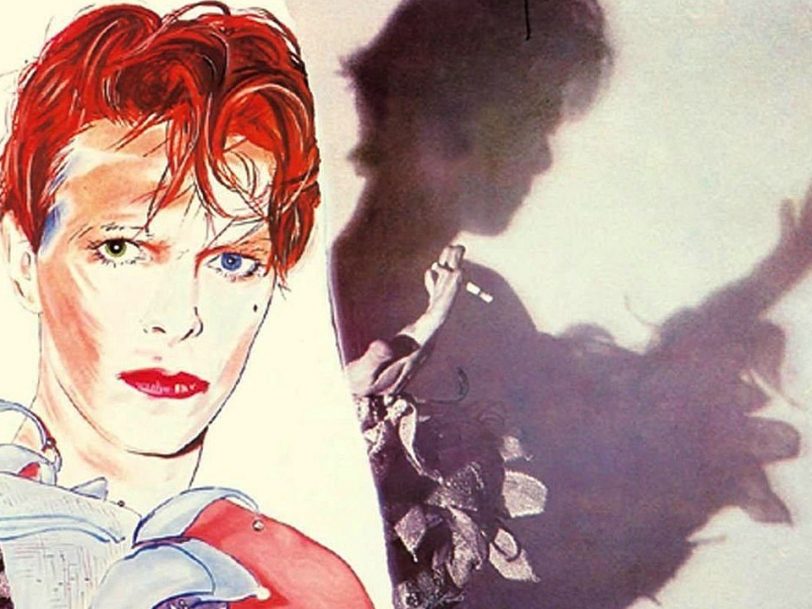Released in September 1980, David Bowie’s Scary Monsters (And Super Creeps) album saw the ever-evolving musician take stock of his dizzying 70s output and embrace the emerging sound of the 80s, resulting in his most direct collection of songs for some years. Arriving after the so-called “Berlin Trilogy”, Low, “Heroes” (both 1977) and Lodger (1979) – a series of groundbreaking albums largely recorded in the West German capital in close collaboration with producers Brian Eno and Tony Visconti – Scary Monsters (And Super Creeps) straddled his art-rock impulses with his natural flair for writing hit songs.
Listen to ‘Scary Monsters (And Super Creeps)’ here.
“We were pushing the boundaries further than ever”
After spending several years recording in Europe, Bowie looked to change things up for Scary Monsters, working in New York City and, in contrast to the in-the-studio experimentation of the preceding trio of albums, spending time developing songs before embarking on recording sessions. What’s more, the spiky, inventive sound he was pursuing saw him look to the emerging new-wave bands who themselves were obviously indebted to Bowie’s back catalogue. It paid off. Full of hook-crammed songs with an edge, Scary Monsters positioned Bowie at the forefront of pop music for a new decade.
Still, it took time for that vision to come into focus. Initial sessions took place in The Power Station in Manhattan, in February 1980, with Visconti on production duties for his eighth Bowie album in a row, along with trusty session players Carlos Alomar (guitar), George Murray (bass) and Dennis Davis (drums) forming the core of the band. After two-and-a-half weeks, however, only one song, It’s No Game, was complete, with the remainder of the tunes stalling at the backing-track stage, in need of their final melodies and lyrics.




